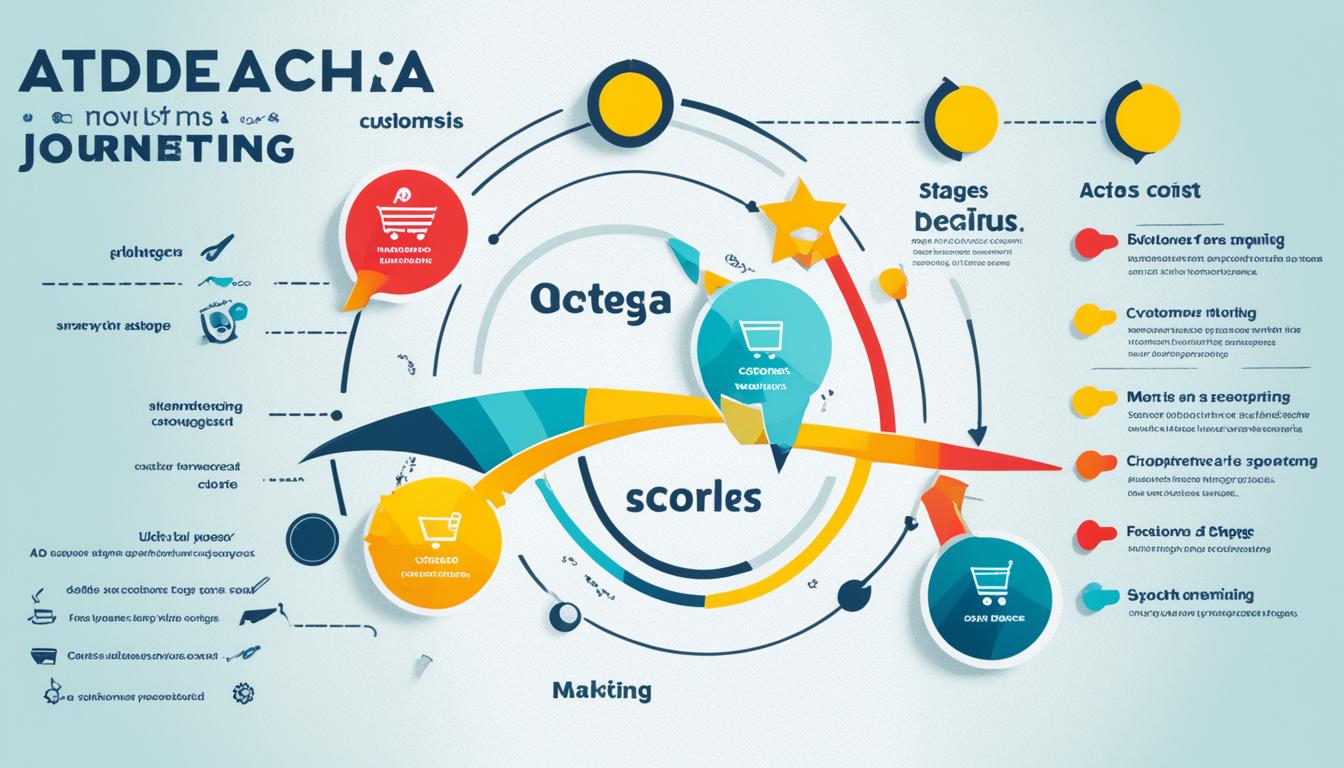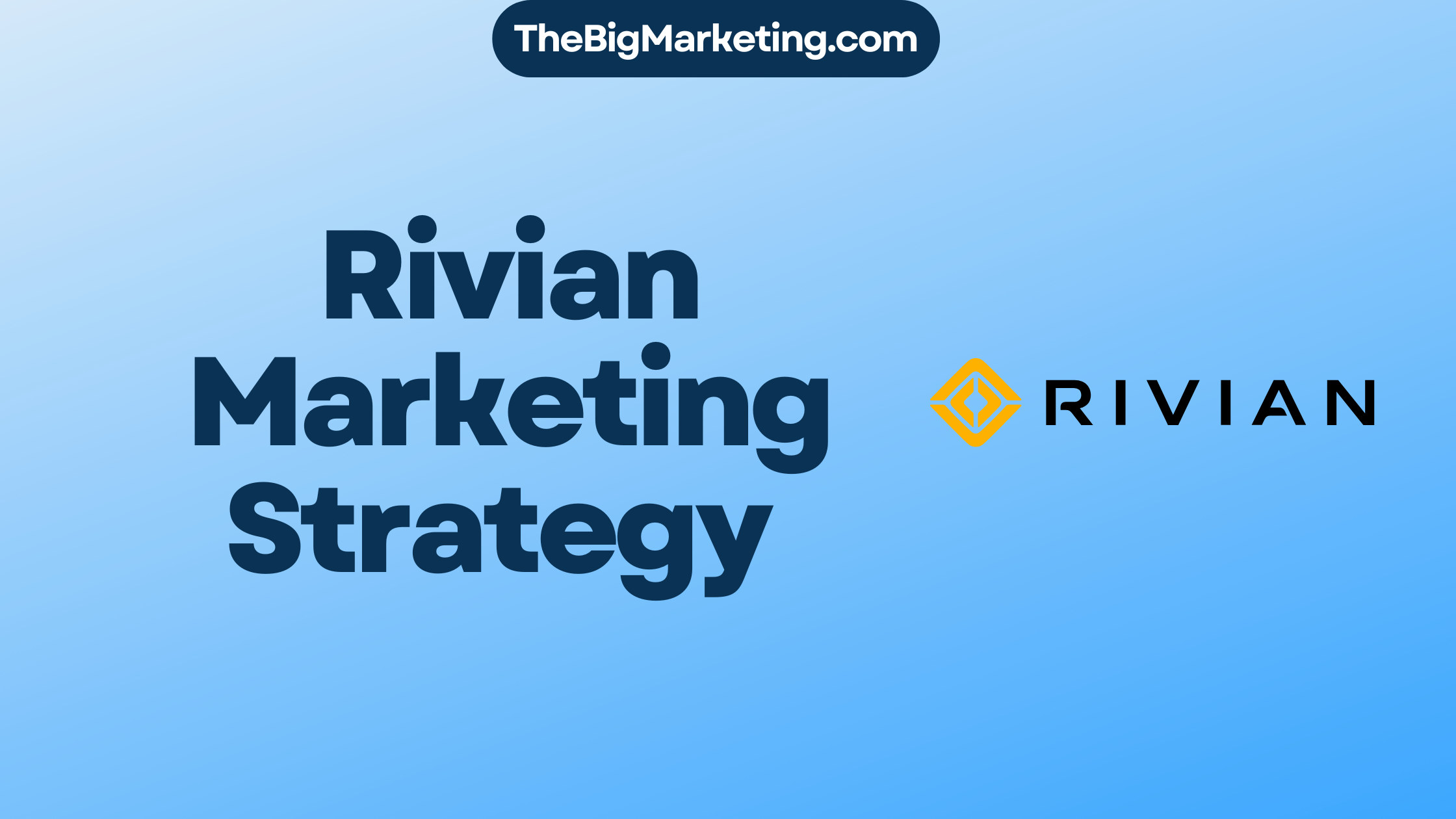Cost per Mille (CPM) is a pricing strategy in online ads. It shows the cost for every 1,000 ad views. Publishers use it to set prices for ad space. CPM helps show how effective an ad is.
CPM is used alongside other pricing methods like cost per click (CPC) and cost per acquisition (CPA). It’s important because it tells us the cost to show ads 1,000 times. However, it might not always give a true view due to repeats, ad load issues, and fraud.
Key Takeaways:
- CPM is a pricing model that calculates the average cost per 1,000 ad impressions.
- It is used to measure the efficiency of advertising and determine ad space costs for digital publishers.
- CPM is one of several methods to price online ads, with others including CPC and CPA.
- Impressions may not always accurately reflect ad views due to various factors.
- Understanding CPM can help optimize ad campaigns and allocate resources effectively.
What Does Cost Per Thousand (CPM) Mean?
Cost per thousand (CPM) is a term used in marketing. It’s the price an advertiser pays for 1,000 ad impressions on a website. An impression happens whenever someone sees an ad.
CPM helps to gauge how effective an ad campaign is. It also shows how much websites charge for ad space. Besides CPM, there are other pricing models like cost per click (CPC) and cost per acquisition (CPA).
Understanding Cost Per Thousand (CPM)
In digital marketing, the Cost Per Thousand (CPM) model is often used to price web ads. CPM counts how many times an ad shows up on a website. It assumes an ad gets seen during page loads, click or no click.
CPM measures the cost for 1,000 ad impressions. It helps advertisers know how far their ads go beyond just clicks. This way, they understand how many people see their ads on a site or platform.
To make CPM clearer, look at this example:
| Impressions (in thousands) | Cost |
|---|---|
| 10 | $50 |
| 50 | $250 |
| 100 | $500 |
The table and image show that costs change with the number of impressions. For instance, 50,000 views cost $250. The more impressions, the higher the cost. This helps advertisers manage their budgets better.
The CPM model aids in making smart spending decisions based on ad views. It shifts the focus to getting more views instead of just clicks. CPM helps advertisers boost their brand without spending a lot. It’s about reaching more people at a good price.
CPM and Click-Through Rate (CTR)
The click-through rate (CTR) is crucial in digital marketing. It shows the percentage of people clicking on an ad after seeing it. CPM campaigns often measure their success using CTR. But, it’s key to remember CTR doesn’t tell us everything about an ad’s success.
When we look at how well ads do, we must consider other things too. Things like the number of clicks, how many times the ad was shown, and conversion rates matter. CTR shows us the clicks but not the effect of ads that weren’t clicked. The number of times an ad was seen is also crucial.
To really understand how ads are doing in CPM campaigns, we use several measures. Measures like CTR, the clicks, times the ad was seen, and conversion rates help a lot. This way, marketers get a full picture and can tweak their strategies based on real data.
How to Measure CPM and CTR?
Tracking ad clicks and how many times an ad is seen are key to measuring CPM and CTR. You can track clicks easily with tools from ad platforms. For seeing how many times an ad was shown, use ad tags or pixel tracking.
To figure out CPM, take your total ad spend and divide it by the number of times the ad was seen, then multiply by 1,000. To get CTR, divide the clicks by the number of ad views and multiply by 100 for the percentage.
Keeping an eye on CPM and CTR regularly is important. It helps you understand if your ads are working well. This way, you can make smart choices to make your ads better.
CPM vs CPC vs CPA
Online ads offer different pricing models, including CPM, CPC, and CPA. Each has unique benefits for different goals. Understanding CPM, CPC, and CPA will help you pick the right one for your needs.
CPM (Cost per Mille)
CPM, or “cost per mille,” charges advertisers for every 1,000 impressions. It’s common in online ads. This model is great for increasing brand awareness. It aims to get the ad seen by as many people as possible.
CPC (Cost per Click)
CPC stands for “cost per click.” Advertisers pay each time their ad is clicked. This model is for getting more site visits. It’s perfect for encouraging users to take specific actions, like visiting a site.
CPA (Cost per Acquisition)
CPA, or “cost per acquisition,” means paying only when a user takes a specific action. This could be buying something or signing up. It’s best for sales or lead generation since you pay for results.
The best pricing model depends on your goals. CPM is great for awareness and reach. CPC helps with clicks and site visits. CPA is for getting conversions and actions. Think about what you want to achieve and pick the model that fits your strategy best.
Benefits of CPM Strategies
CPM strategies are key for digital marketers. They offer cost-effective advertising that boosts brand visibility. This way, businesses can reach more people and make a bigger impact online.
Cost-wise, CPM is smart and efficient. By paying per thousand impressions, you control your ad costs better. This helps make sure your budget is used in the best way.
With CPM, more people see your ads, raising your brand’s profile. A wider audience leads to better brand recognition. This means more people know and remember your brand.
CPM is also great for getting new leads. It helps you reach lots of potential customers. Then, you can turn them into actual customers with the right marketing.
Moreover, CPM gives you key data. This data helps you understand and improve your ads. It guides you to use your resources in the most effective way for top results.
Comparison of Advertising Strategies
| CPM Strategies | CPC Strategies | CPA Strategies | |
|---|---|---|---|
| Cost Model | Based on impressions | Based on clicks | Based on specific actions |
| Cost-Efficiency | Cost-effective compared to CPC and CPA | Varies based on ad performance | Varies based on desired actions |
| Brand Visibility | Increases brand visibility and reach | Focused on driving click-throughs | Varies based on specific actions |
| Lead Generation | Effective in generating leads | Can contribute to lead generation | Focuses on specific actions |
| Data Analytics | Provides valuable data for optimization | Limited data insights | Focuses on tracking specific actions |
Overall, CPM strategies give businesses great benefits. They’re cost-effective and boost brand visibility. They also help in getting leads and providing valuable analytics. When used with other strategies, CPM can push a business towards its goals more efficiently.
Drawbacks of CPM Advertising
CPM advertising comes with its own set of challenges. It’s vital to know these drawbacks to make smart choices in digital marketing. Let’s go through the major limitations you might face with CPM advertising.
Quality of Traffic
One big issue with CPM advertising is the type of traffic it brings. Even if many see your ads, it doesn’t mean they’ll click or buy anything. You might end up with lots of views but very little real interest in your offerings. This can lead to few people clicking through and even fewer making a purchase.
Ad Visibility
Another issue is whether people actually notice your ads. You’re paying for the ad to be shown, but not everyone will see it. Users might simply overlook your ad as they browse. This makes it tough for your campaign to succeed because it assumes people will see and pay attention to your ads right away.
Impressions vs. Clicks
It’s hard to gauge how well CPM ads are doing because of the gap between views and clicks. Impressions are just how many times the ad appears. Clicks are how many times people actually engage with it. Not every view leads to a click, and focusing only on views can give you a skewed picture of your ad’s success.
Measuring Ad Performance
CPM campaigns make it tough to know if your ads are working well. Although CPM shows how many times your ad was seen, it doesn’t tell you if it was effective. To really understand your ads’ impact, you need to look at click rates, conversion rates, and how much return you get on what you spend on ads. Sticking to CPM alone won’t give you the full story or help you improve your campaigns.
In conclusion, CPM advertising can be beneficial, but it’s important to be mindful of its limitations. Factors like traffic quality, whether people see your ads, the difference between views and clicks, and measuring success are crucial. Keep these in mind when planning your CPM advertising strategy.
How Does CPM Work in Digital Marketing?
CPM stands for Cost Per Mille and is a key strategy in digital marketing. It’s used to get your brand known, boost its image, and reach lots of people. Through CPM, marketers can connect with their audience early on.
But, CPM shouldn’t be the only tactic you use. Mixing it with other strategies helps turn interested folks into buyers.
To hit the mark with CPM, you need clear goals and to know who you’re talking to. This ensures your ads find the right eyes and spark interest in your brand.
For example, a company looking to make a splash with a new product might use CPM. This gets their ads in front of many, stirring curiosity and drawing in potential buyers.
CPM shines in making people aware of your brand. It casts a wide net, giving your business more visibility. Tracking how often your ad appears helps understand its reach too.
With CPM, it’s crucial to use data to your advantage. Analyzing ad performance lets you tweak and enhance future campaigns.
Remember, CPM is part of a bigger marketing strategy. To truly succeed, pair it with approaches like CPC and CPA. This combo helps capture, engage, and keep customers.
Example CPM Strategy Implementation
Here’s how a company might leverage CPM:
| Marketing Goal | Target Audience | Strategy |
|---|---|---|
| Increase brand awareness for a new cosmetic brand | Young adults interested in skincare and beauty | Implement CPM campaigns to display eye-catching ads on popular beauty and lifestyle websites. These ads promote the brand’s unique selling points and offer a special introductory discount. Combine CPM with social media advertising to retarget users who have shown interest in beauty and skincare products. |
Through creative CPM campaigns, this company boosts its visibility. This strategy helps them emerge as a trusted cosmetics brand, converting leads into faithful buyers.
Conclusion
CPM marketing is a cost-effective way for businesses to get noticed by more people. It lets companies know how much they’re spending for every 1,000 people who see their ad. This info helps them figure out if their ads are worth the money.
But, using only CPM to judge an ad’s success isn’t enough. To really do well, companies need to look at other numbers and methods too. Combining CPM with these can give them a clearer picture of how things are going.
When companies use data to guide their decisions, they can target their ads better and talk to customers in a more personal way. This makes their ad campaigns work better. It also helps them connect more with the people they’re trying to reach.
To wrap up, CPM marketing is a smart choice for companies wanting to make their brand more visible without spending a lot. When they also use data to help make decisions, they can be even more successful online.







